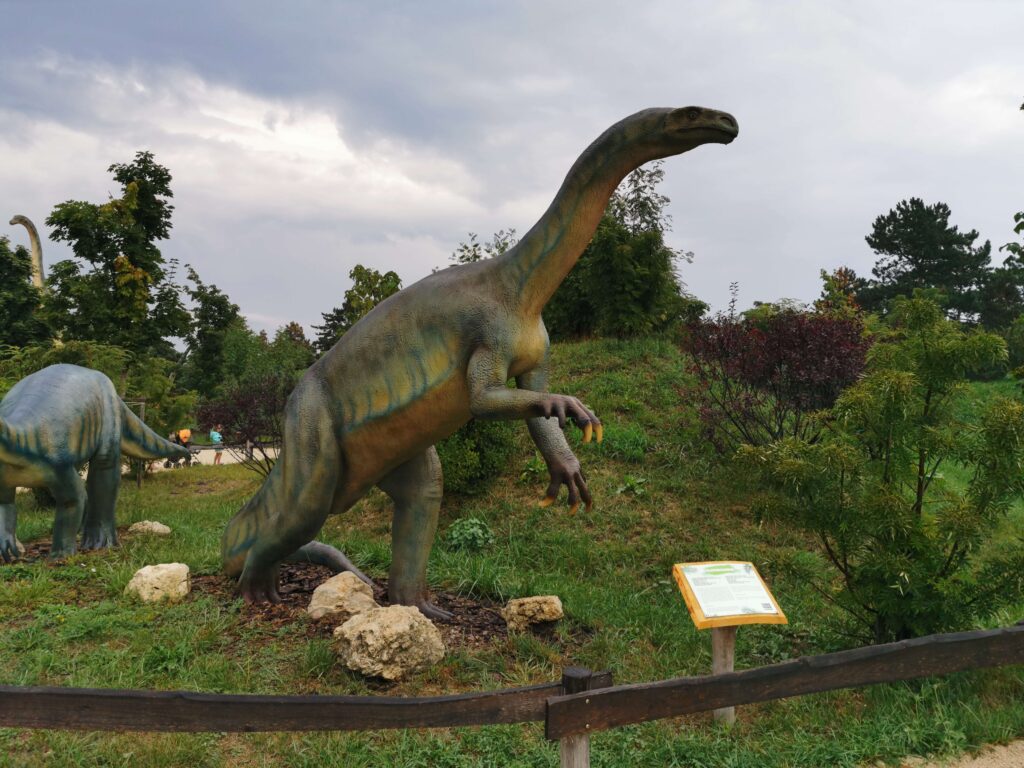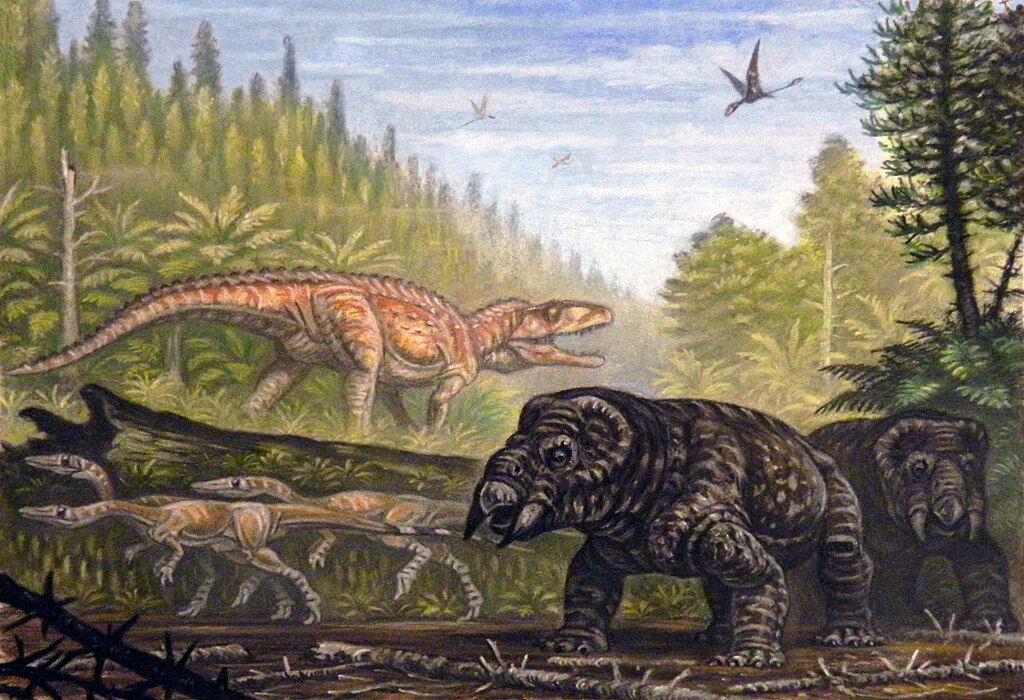The story of how dinosaurs rose from humble beginnings to become Earth’s most successful land animals is far more complex than most people imagine. The Triassic was a time of change, a transition from a world dominated by mammal-like reptiles to one ruled by dinosaurs. But here’s the twist that might surprise you – dinosaurs weren’t actually dominant during most of the Triassic period. They were the underdogs in a world ruled by massive crocodilian-like beasts. So how did these small, bipedal creatures eventually outpace every other creature to claim their throne? The answer lies in a perfect storm of adaptations, extinctions, and evolutionary timing that transformed our planet forever.
The Great Reset That Changed Everything
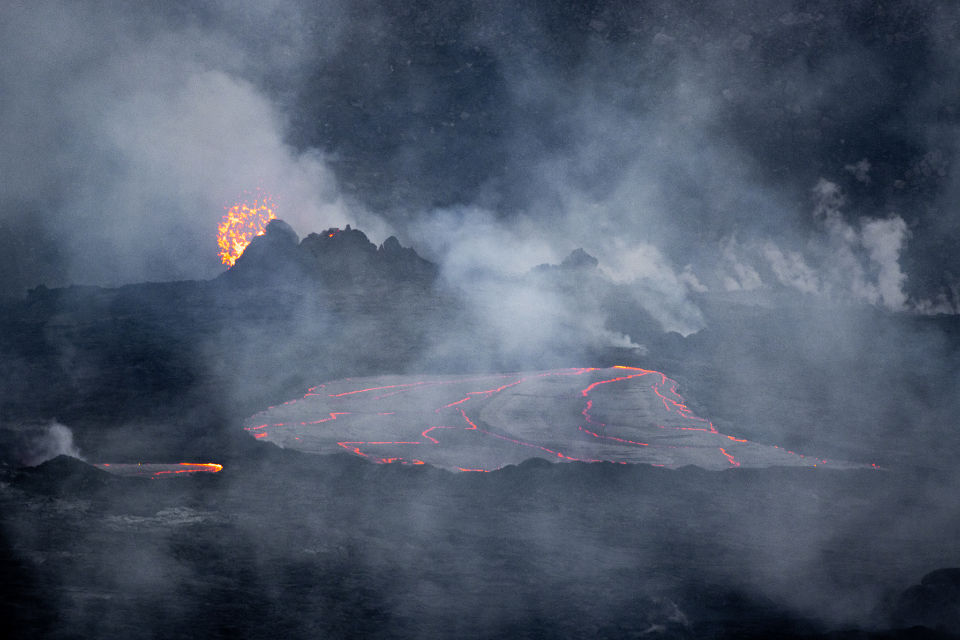
The Triassic Period (252-201 million years ago) began after Earth’s worst-ever extinction event devastated life. The Permian-Triassic extinction event, also known as the Great Dying, took place roughly 252 million years ago and was one of the most significant events in the history of our planet. This catastrophe wiped out nearly all life on Earth, clearing the stage for new players.
Recent research indicates that it took much longer for the reestablishment of complex ecosystems with high biodiversity, complex food webs, and specialized animals in a variety of niches, beginning in the mid-Triassic 4 million to 6 million years after the extinction, and not fully proliferated until 30 million years after the extinction. During this recovery period, something remarkable was happening in the shadows – the very first archosaurs were evolving, setting the stage for an evolutionary arms race that would reshape life on Earth.
When Crocodile Cousins Ruled the World
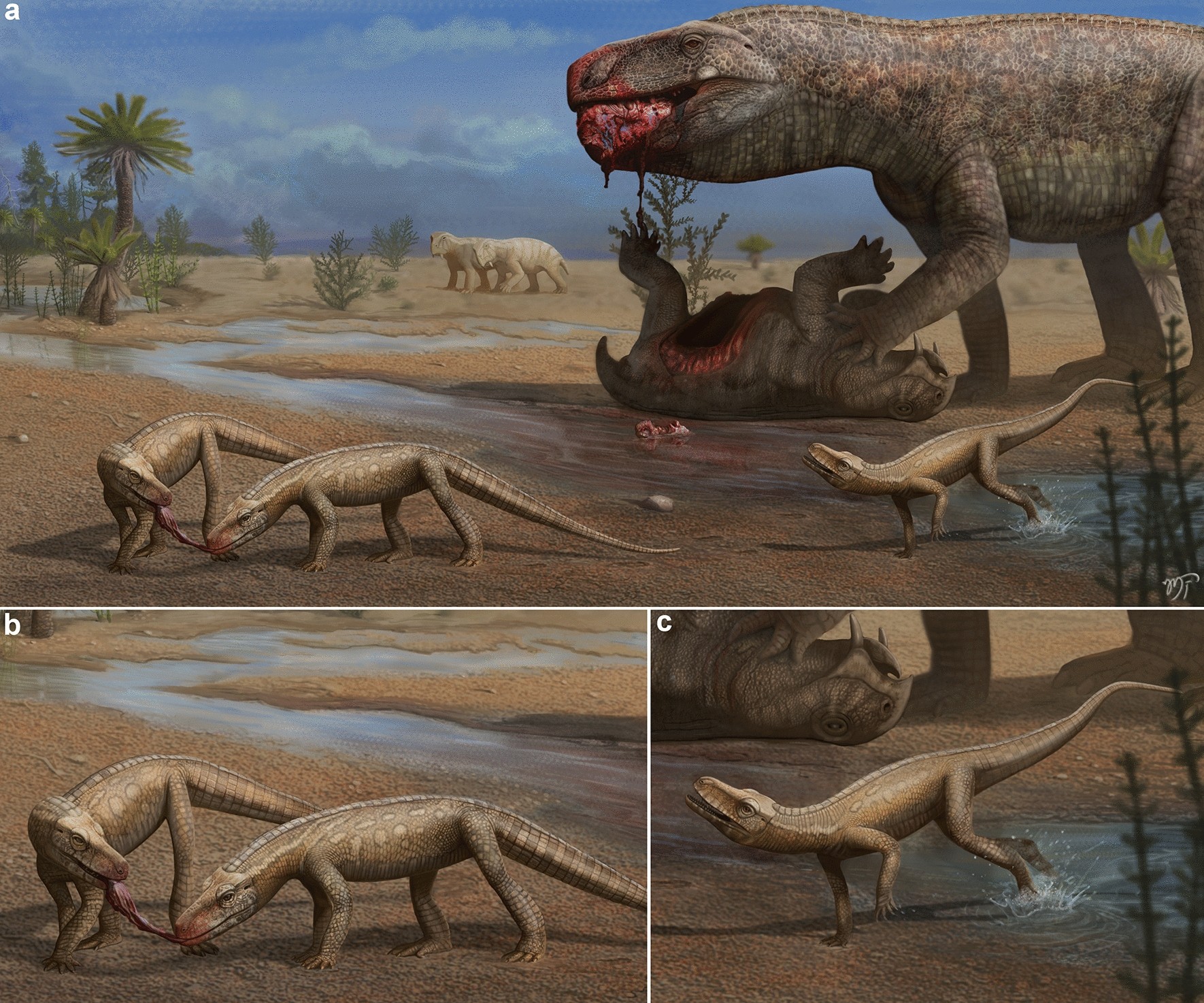
Contrary to popular belief, dinosaurs were actually the underdogs during most of the Triassic. During most, if not all, of the Triassic period, dinosaurs weren’t the dominant species. They weren’t the most diverse animals, nor were they the most abundant. They were not at the top of the food chain. Instead, the world belonged to their archosaur cousins – the pseudosuchians.
In the rivers and lakes, it belonged to giant salamanders, which were enormous amphibians that would have preyed on any dinosaurs that ventured too close to the waterline. On land, the dominant animals were the pseudosuchians, huge crocodile-like beasts. These weren’t your modern crocodiles – they were far more diverse and terrifying. Some had beaks, others were apex predators reaching massive sizes, and they controlled food webs across the planet.
Pseudosuchians appeared during the late Olenekian (early Triassic); by the Ladinian (late Middle Triassic) they dominated the terrestrial carnivore niches. Their heyday was the Late Triassic, during which time their ranks included erect-limbed rauisuchians, herbivorous armored aetosaurs, the large predatory poposaurs, the small agile sphenosuchian crocodilians, and a few other assorted groups.
The First Dinosaurs: Small but Mighty
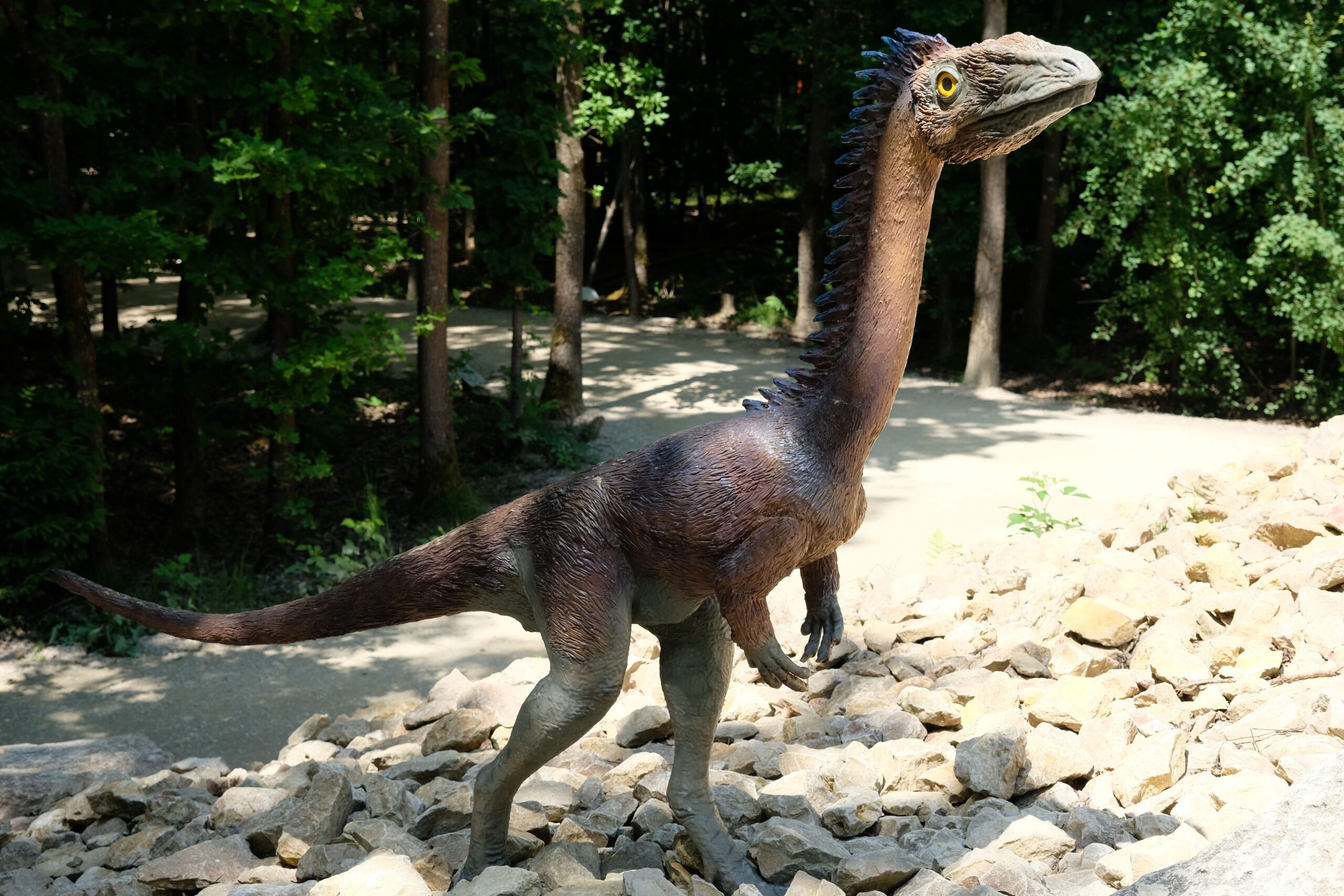
It was around 240 million years ago that the first dinosaurs appear in the fossil record. These dinosaurs were small, bipedal creatures that would have darted across the variable landscape. Picture them as roughly the size of a chicken or small dog, scurrying around trying not to become lunch for the massive predators that towered above them.
They first appeared during the Triassic period, between 243 and 233.23 million years ago (mya), although the exact origin and timing of the evolution of dinosaurs is a subject of active research. These early dinosaurs had something special brewing in their anatomy, though they probably didn’t know it yet.
During this time, many dinosaurs were on the smaller end, as the species was new to Earth. However, as the Triassic Period went on, many of these reptiles would continue to evolve. What they lacked in size, they were making up for in revolutionary body plans that would eventually give them the edge.
The Secret Weapon: Bipedalism and Upright Posture
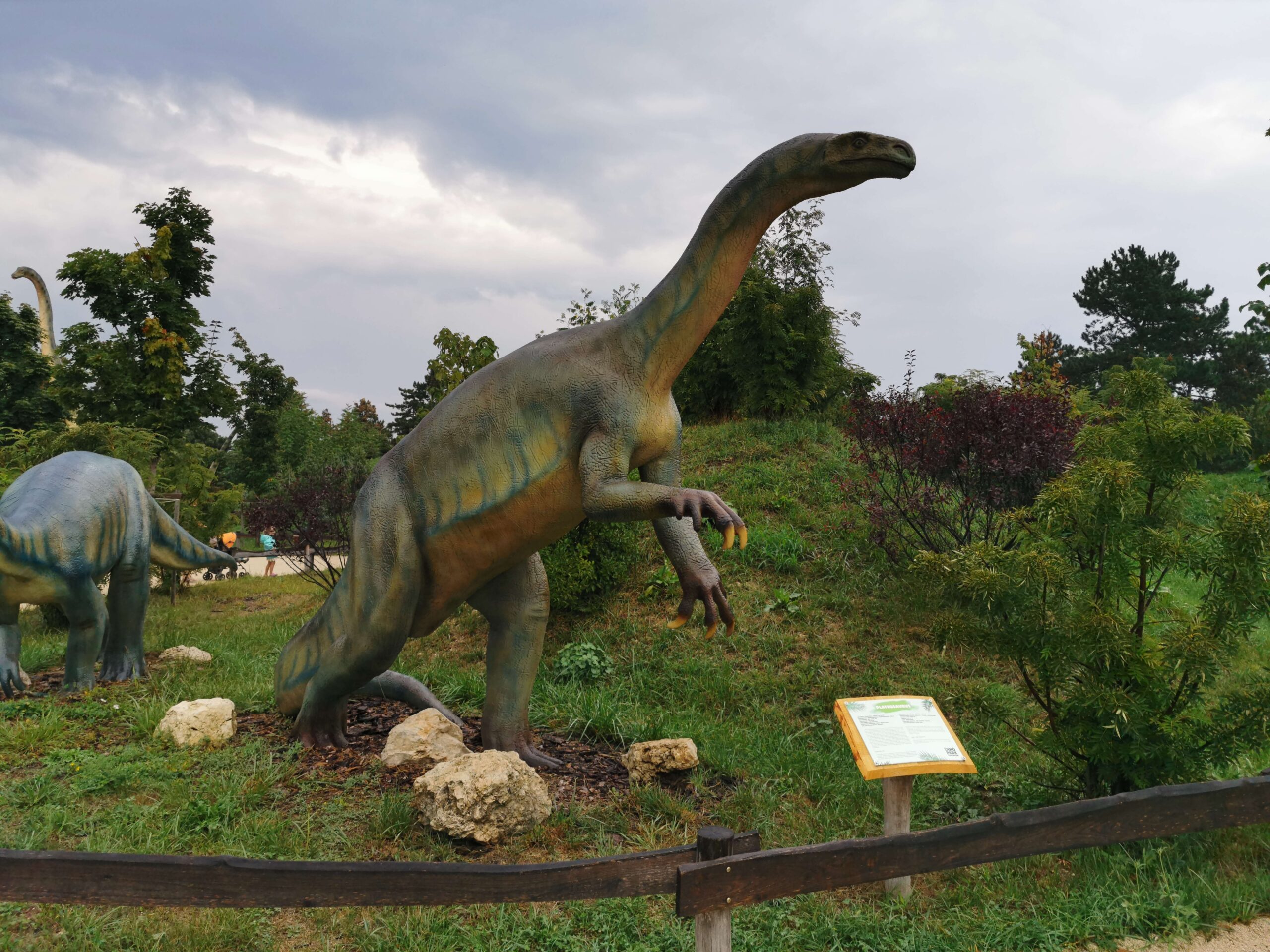
While their pseudosuchian cousins were busy being the kings of the Triassic, dinosaurs were quietly developing what would become their ultimate secret weapon – an incredibly efficient way of moving. Dinosaurs stand with their hind limbs erect in a manner similar to most modern mammals, but distinct from most other reptiles, whose limbs sprawl out to either side. Their erect posture enabled early dinosaurs to breathe easily while moving, which likely permitted stamina and activity levels that surpassed those of “sprawling” reptiles.
This might seem like a small detail, but it was revolutionary. Think of it like comparing a modern race car to a steam engine – both might get you where you’re going, but one is clearly built for speed and efficiency. A hypothesis proposed back in the 1970s is that dinosaurs, even in the Triassic, had “locomotor superiority” over pseudosuchians and other land animals, based upon the anatomy of their hips and hindlimbs that might have given them better ability to run and execute other behaviours such as jumping.
Erect limbs probably also helped support the evolution of large size by reducing bending stresses on limbs. Little did anyone know that these small improvements would eventually allow dinosaurs to grow larger than any land animal before or since.
Archosaur Arms Race: Innovation in the Shadows
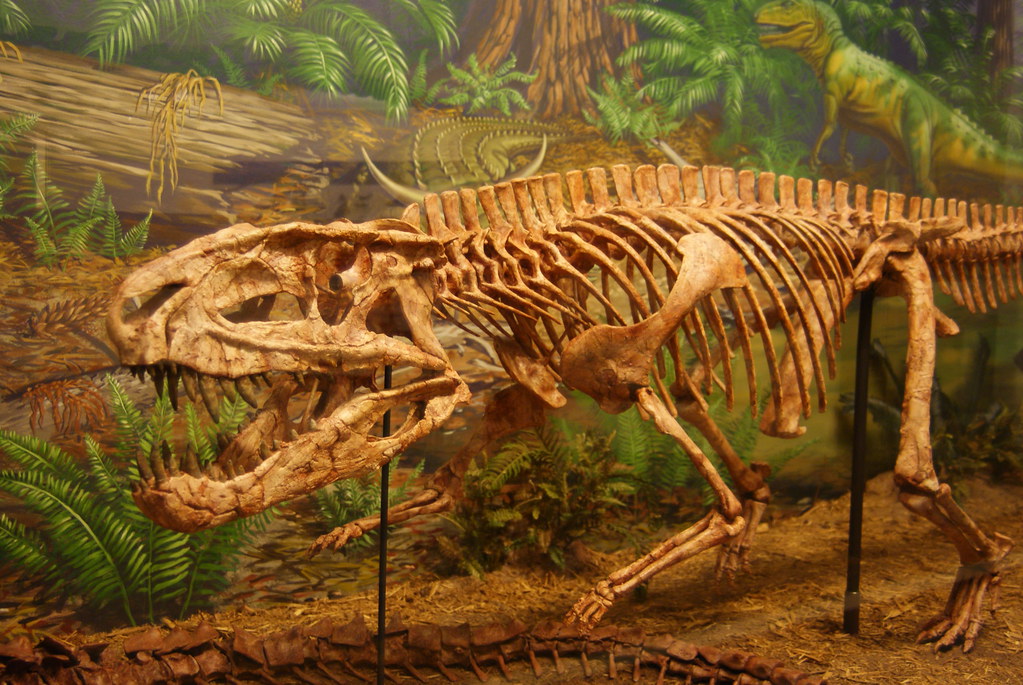
Archosauromorpha originated in the middle–late Permian, radiated during the Triassic, and gave rise to the crown group Archosauria, a highly successful clade of reptiles in terrestrial ecosystems over the last 250 million years. Within this broader group, both dinosaurs and pseudosuchians were constantly evolving new adaptations, but they were going in very different directions.
It is the pseudosuchians which dominated the Middle and Late Triassic. They were getting bigger, more armored, and more specialized. Meanwhile, dinosaurs were getting faster, more agile, and developing increasingly sophisticated feeding strategies. It was like two different approaches to the same problem – brute force versus finesse.
Our analysis recovers previously unappreciated high morphological disparity for non-archosaurian archosauromorphs, especially during the Middle Triassic, which abruptly declined during the early Late Triassic (Carnian). This suggests that the competition was heating up, and something big was about to happen.
The Volcanic Apocalypse That Changed Everything
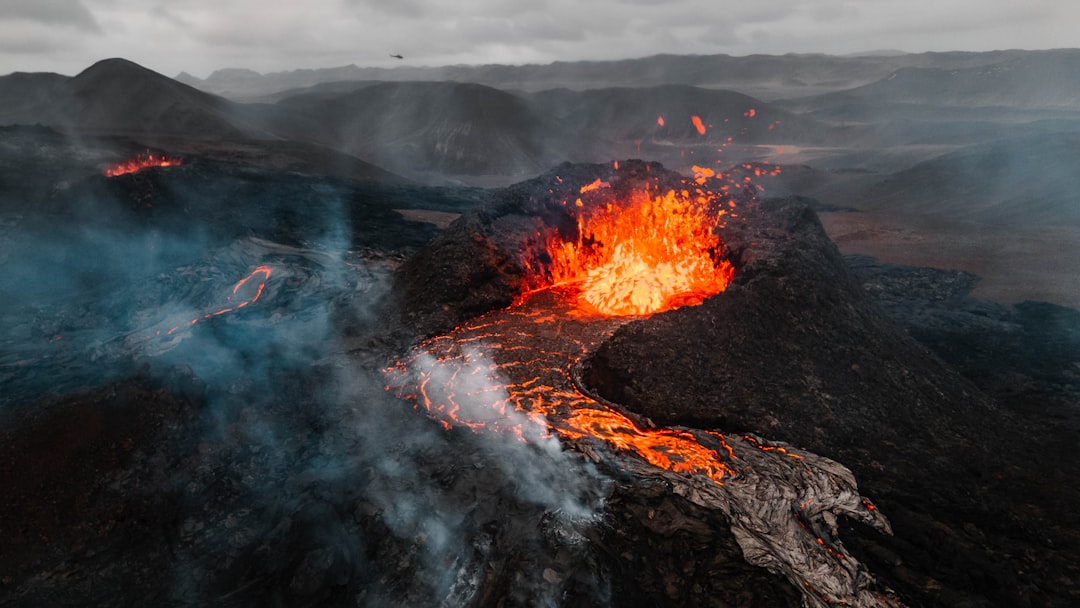
The Triassic period continued for c. 50 million years, until another great extinction event occurred. Around 200 million years ago, the supercontinent of Pangaea began to break apart. The Earth bled lava, with massive volcanic eruptions once again occurring and lasting c. 600,000 years. This wasn’t just any extinction – it was a game-changer that would determine the future rulers of Earth.
The Triassic–Jurassic (Tr-J) extinction event (TJME), often called the end-Triassic extinction, marks the boundary between the Triassic and Jurassic periods, 201.4 million years ago. End-Triassic extinction, global extinction event occurring at the end of the Triassic Period that resulted in the demise of some 76 percent of all marine and terrestrial species and about 20 percent of all taxonomic families.
Once again, this in turn led to global warming, which once again triggered a mass extinction event. This time, however, the great victims of this extinction event were the pseudosuchians and the big amphibians. The very creatures that had dominated the Triassic were suddenly vulnerable.
Climate Champions: Why Dinosaurs Survived
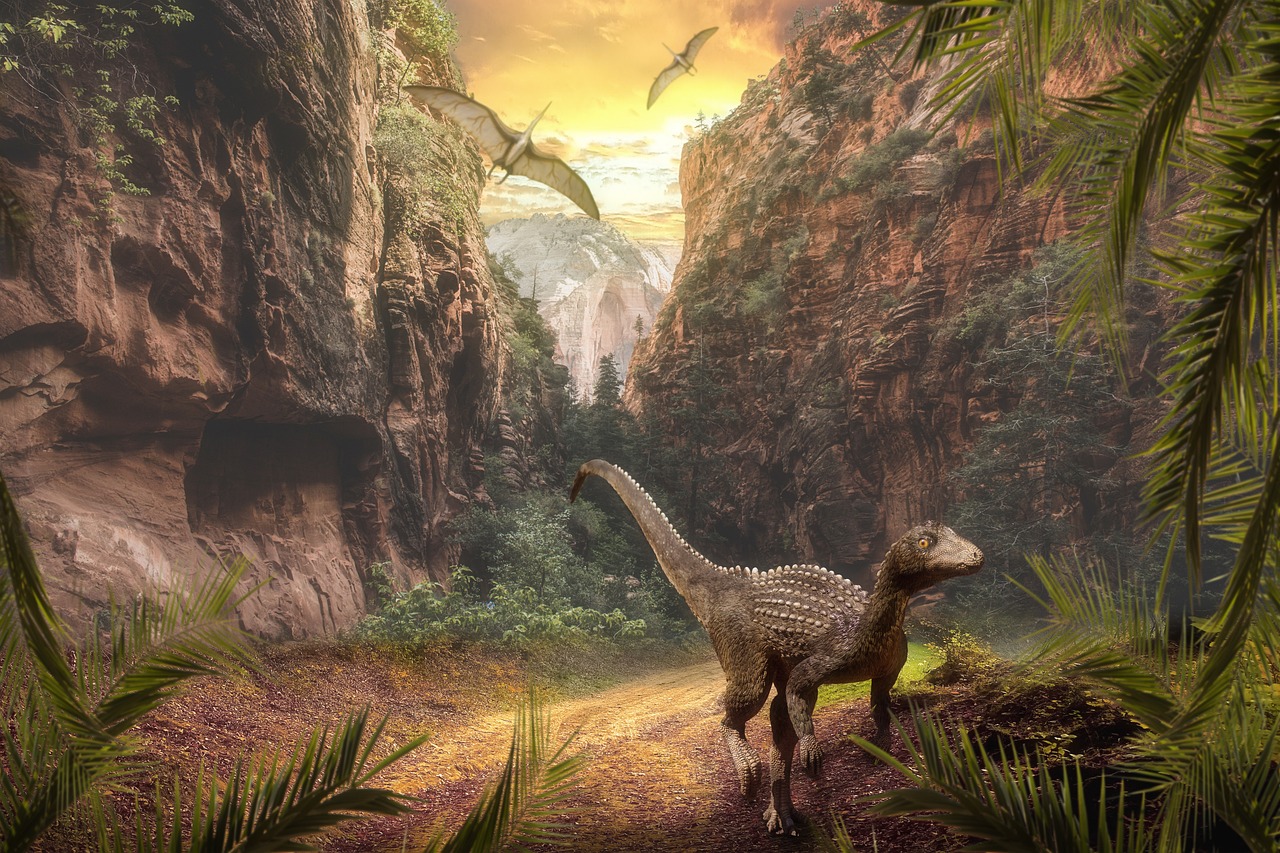
The end-Triassic extinction wasn’t random – it favored certain types of animals over others. Cold periods induced by volcanic ejecta clouding the atmosphere might have favoured endothermic animals, with dinosaurs, pterosaurs, and mammals being more capable at enduring these conditions than large pseudosuchians due to insulation. Suddenly, being small, agile, and possibly warm-blooded became major advantages.
It is thought that the end-Triassic extinction was the key moment that allowed dinosaurs to become the dominant land animals on Earth. The very traits that had kept dinosaurs as underdogs during the Triassic – their smaller size, efficient metabolism, and bipedal locomotion – now became their tickets to survival.
All Triassic archosaurs, apart from dinosaurs, pterosaurs and crocodiles, went extinct. This opened up many of the environments that the archosaurs had occupied, paving the way for the surviving dinosaurs to take their place, while the small mammalian relatives still scurried around the forest floors.
The Great Takeover: From Survivors to Rulers
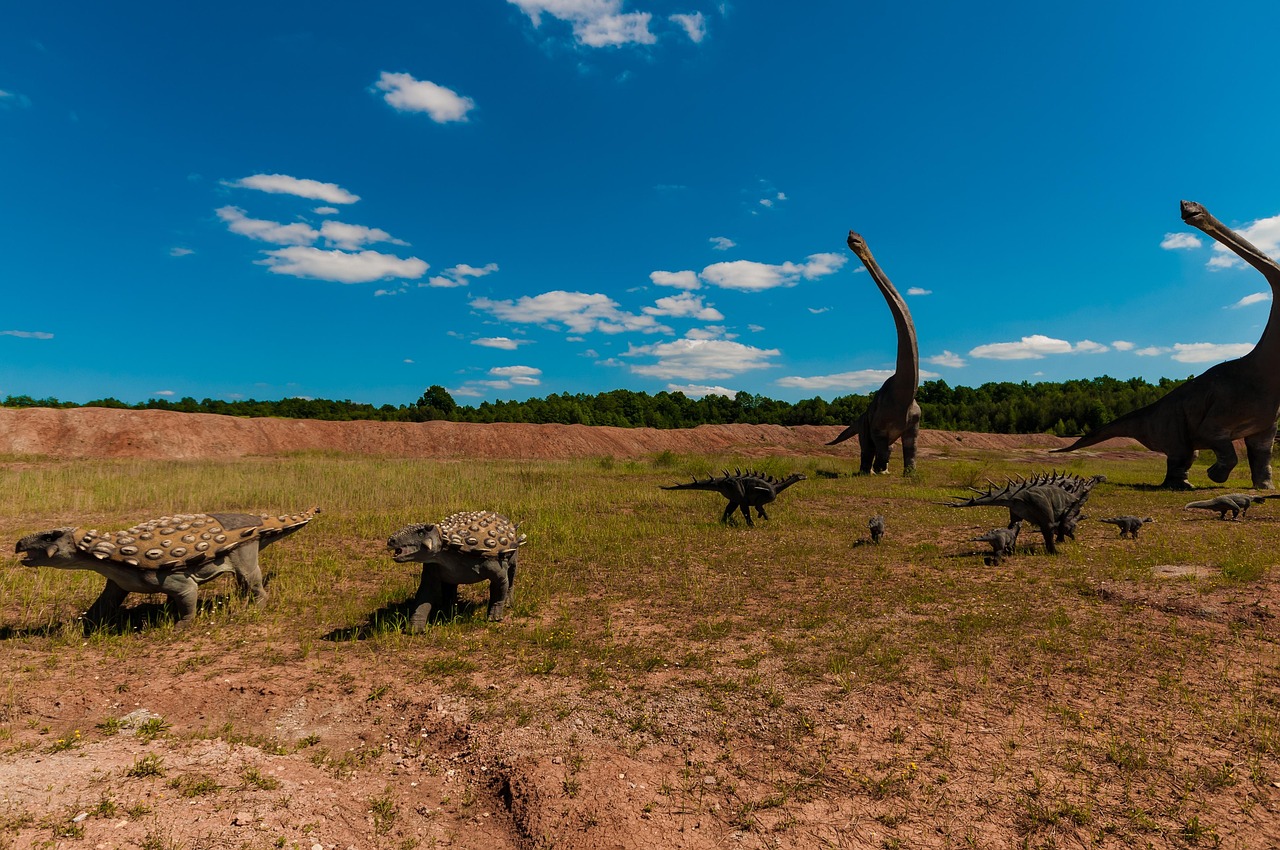
What happened next was nothing short of spectacular. In the TJME’s aftermath, dinosaurs experienced a major radiation, filling some of the niches vacated by the victims of the extinction. Think of it like a massive corporate restructuring where suddenly all the middle management positions opened up, and the ambitious interns got promoted.
These extinctions within the Triassic and at its end allowed the dinosaurs to expand into many niches that had become unoccupied. Dinosaurs became increasingly dominant, abundant and diverse, and remained that way for the next 150 million years. The small, bipedal creatures that had spent 40 million years in the shadows were finally having their moment.
On land, the fauna transitioned from the Triassic fauna, dominated jointly by dinosauromorph and pseudosuchian archosaurs, to one dominated by dinosaurs alone. Dinosaurs, which had morphologically diversified in the Late Triassic, experienced a major increase in diversity and abundance during the Early Jurassic in the aftermath of the end-Triassic extinction and the extinction of other reptile groups, becoming the dominant vertebrates in terrestrial ecosystems.
Size Matters: The Jurassic Growth Spurt
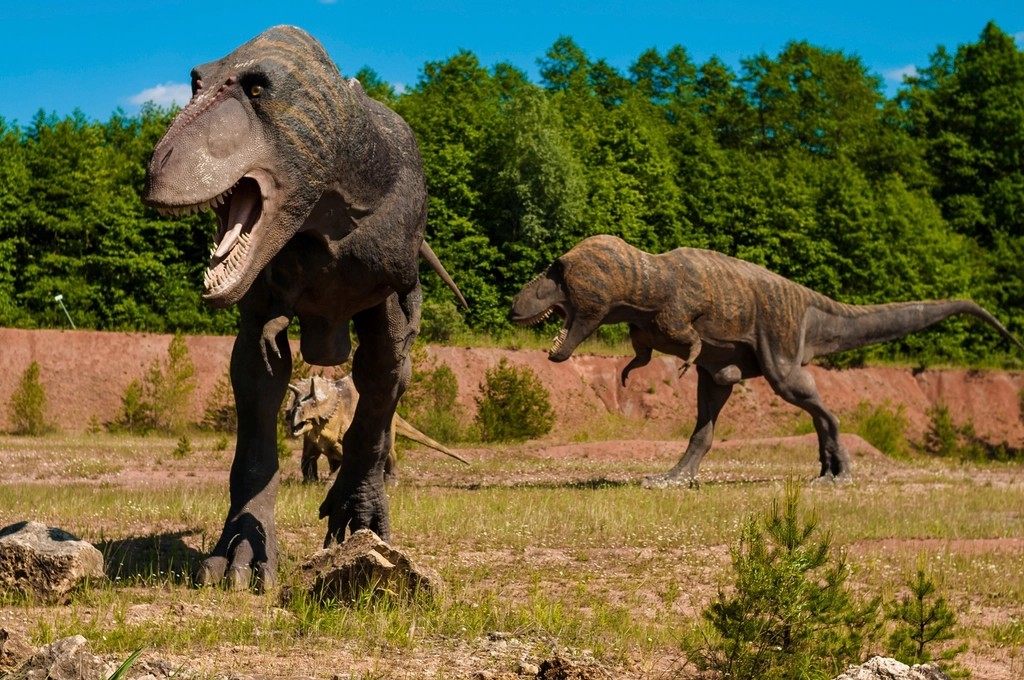
Once dinosaurs claimed their throne, they wasted no time making the most of it. Sauropods became the dominant large herbivores in terrestrial ecosystems during the Jurassic. Some Jurassic sauropods reached gigantic sizes, becoming the largest organisms to have ever lived on land. Those efficient limbs that had helped them survive as small creatures now supported bodies that dwarfed anything that had come before.
By end of Late Triassic, dinosaurs would become larger than any animal which had lived on land before. It’s ironic that the very features that made early dinosaurs good at being small – their upright stance and efficient movement – also made them incredibly good at being massive.
The heyday of dinosaurs, the Jurassic era saw Earth’s climate change from hot and dry to humid and subtropical. The Jurassic period was characterized by a warm, wet climate that gave rise to lush vegetation and abundant life. Many new dinosaurs emerged – in great numbers. The stage was set for the true Age of Dinosaurs.
Evolutionary Innovation: Beyond Just Walking
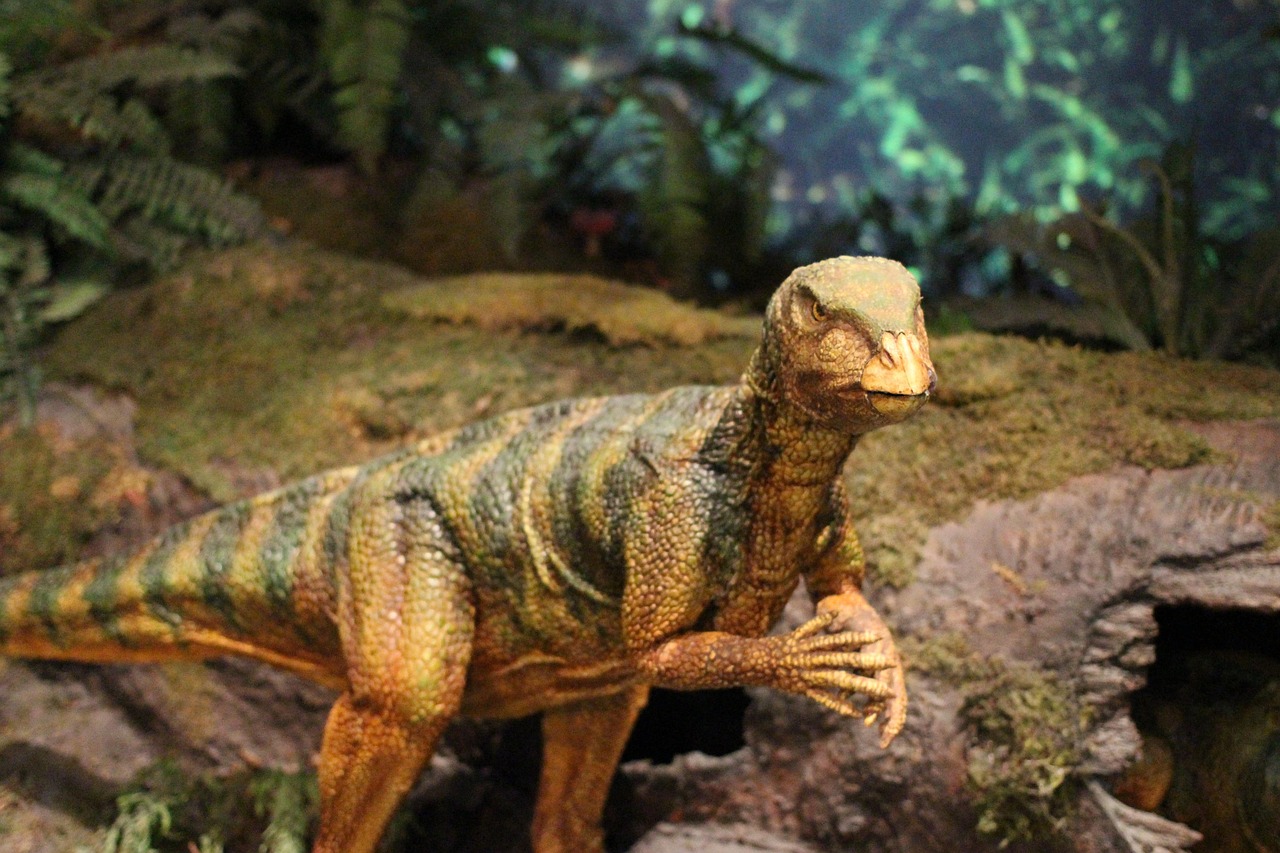
Dinosaurs didn’t just get bigger – they got more creative. The first stem-group birds appeared during the Jurassic, evolving from a branch of theropod dinosaurs. Some dinosaurs took to the air, others developed sophisticated pack-hunting strategies, and still others became gentle giants that could strip leaves from the tallest trees.
The earliest known bird, Archaeopteryx, took to the skies in the late Jurassic, most likely evolved from an early coelurosaurian dinosaur. Archaeopteryx had to compete for airspace with pterosaurs, flying reptiles that had been buzzing the skies since the late Triassic period. Even in the air, dinosaurs were expanding their reach and competing with established players.
The diversity was staggering. From massive long-necked sauropods to tiny, feathered theropods, dinosaurs were exploring every possible way to make a living on land, in the air, and even in the water. They had truly become masters of their domain.
The Perfect Storm of Evolution
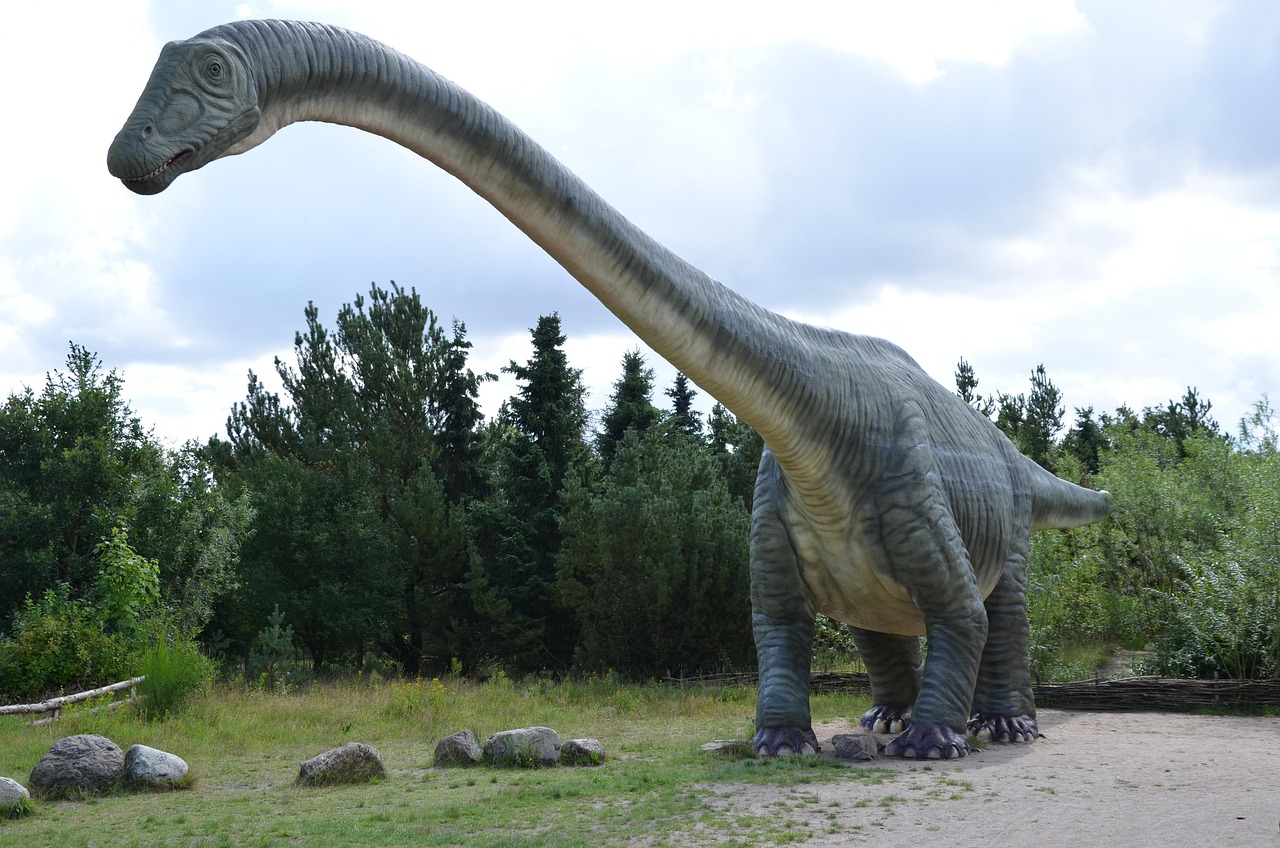
Looking back, dinosaur dominance wasn’t the result of a single factor but a perfect storm of evolutionary advantages, environmental changes, and sheer luck. Their bipedal stance gave them efficiency, their small initial size made them survivors, and their timing was impeccable.
Dinosaurs first appeared in the Mid-Triassic, and became the dominant terrestrial vertebrates in the Late Triassic or Early Jurassic, occupying this position for about 165 million years until their demise at the end of the Cretaceous. For 150 million years, they were the undisputed champions of the terrestrial world – a success story unmatched by any other group of land animals.
The lesson here is fascinating: sometimes the underdog traits that seem like disadvantages in one era become the key to survival in the next. Those small, quick dinosaurs weren’t trying to take over the world – they were just trying to survive in a world dominated by giants. But when the giants fell, the survivors inherited the Earth.
Conclusion
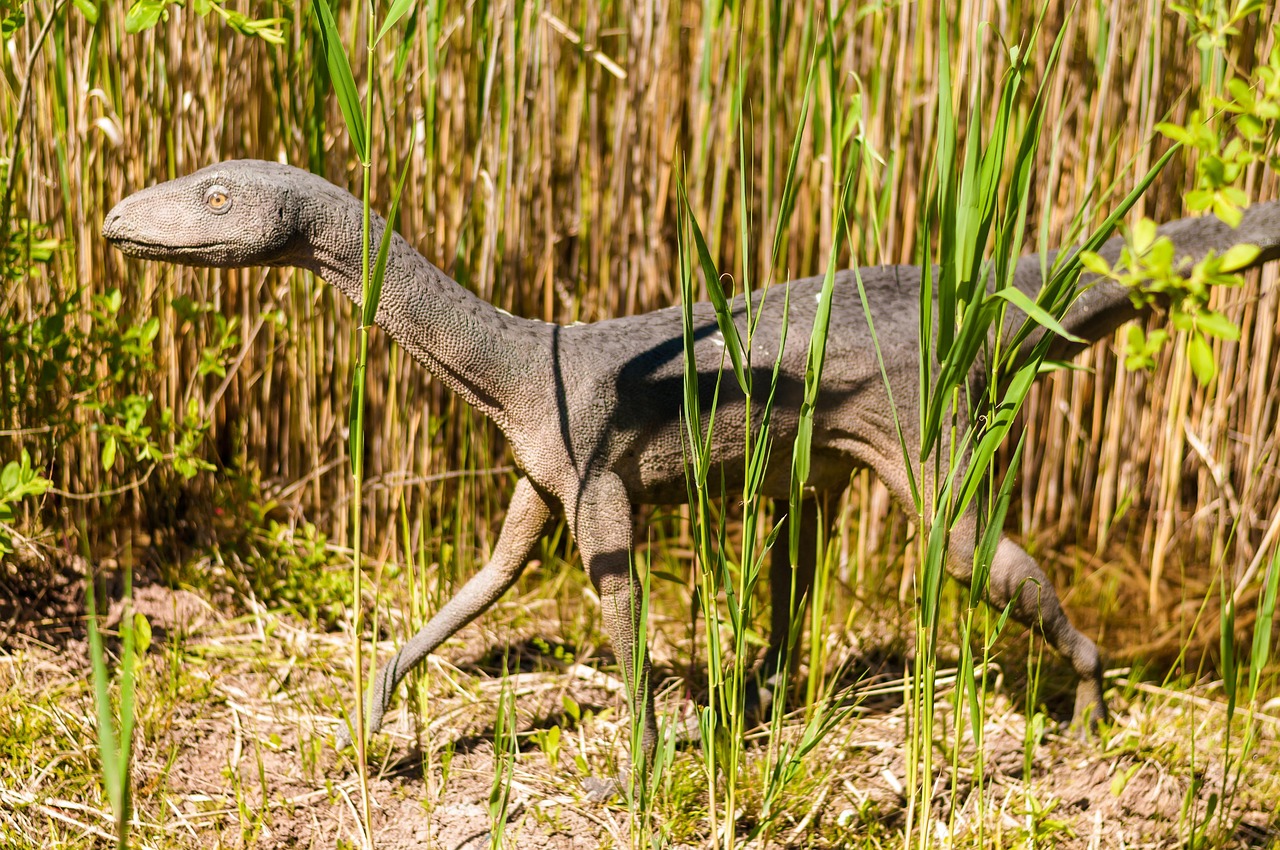
The story of how dinosaurs outpaced every other creature in the Triassic is ultimately a tale of evolutionary patience, adaptive advantages, and perfect timing. These small, bipedal pioneers didn’t muscle their way to the top – they evolved their way there, developing innovations that would serve them well when opportunity finally knocked. Their efficient locomotion, versatile body plans, and apparent ability to weather climate extremes positioned them perfectly for success when the Triassic-Jurassic extinction eliminated their competition. From humble beginnings as chicken-sized creatures dodging massive pseudosuchian predators, dinosaurs rose to become the most successful land animals in Earth’s history. It’s a reminder that in evolution, as in life, sometimes the quiet innovators in the background are the ones who ultimately change everything. What other “underdogs” in today’s ecosystems might be preparing for their own moment in the evolutionary spotlight?

